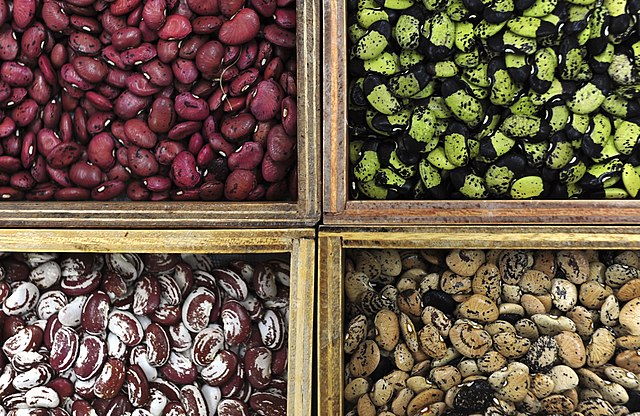650 bean varieties, up from the official 450 new cultivars by a research body have come to redefine African legume farming.
The Pan-Africa Bean Research Alliance (PABRA) says that its cultivars have reached 32 African nations.
This comes at a critical time when cheap protein sources have become mandatory in Africa amid degrading soils. A 2016 research states that 60% of the continent’s bean regions’ soil won’t support legume cultivation by the year 2200.
While accepting its $100K African Food Prize for developing over 450 bean varieties, PABRA discoursed on the fruits of its research work.
The researched varieties range from drought-resistant common beans in East Africa to snap beans in West Africa and sugar beans in Zambia.
The organisation adds that its hundreds of cultivars offer extra nutrition, are efficient to grow and profit farmers who market them.
Short Season Beans Proving Profitable in Dry Regions
PABRA’s director, Jean Claudee Rubyogo cites that the drier bean-growing regions of Ethiopia currently enjoy double yields courtesy of choosing the research body’s short season bean crop.
Rubyogo says that once farmers are short of money, they just turn to the fast-maturing beans and sell them after harvest. Meanwhile, they can await the other crops to flourish.
The breeding program also tests the nutrition of its products. While boiled kidney beans provide 31% protein, the organisation’s varieties serve 300 million Africans with 22 to 23% protein. This makes the legumes affordable sources of body-building nutrition for people with no means to access meat.
Statistics show that 5 million homesteads in 10 nations that use PABRA’s beans have boosted agricultural income by 30%. These farmers have also a 6% likelihood to beat poverty and 6% likelihood to meet all food needs.
Diversification is a Key Bean-breeding aim
Diversification underlines the success of PABRA’s beans across Africa and diversity increases the ability to withstand shock of crop failure. This is according to Chike Mba, the director of plant production and protection with the Food and Agricultural Organization (FAO).
PABRA’s bean varieties are products of breeding that target various diversification needs. The plant breeding body groups them into three categories, namely, niche market beans, multiple stress-resistant dry beans and micronutrient-rich beans.
The organization, which started its bean-breeding program in 1996 says that it takes 10 years to test new cultivars.
How do countries assess and receive PABRA’s beans? According to the research body, it all starts with field tests through successive crop cycles. Then there is the proof of field excellence, social acceptability and marketability. Only then do countries receive the beans depending on their climatic profiles.
